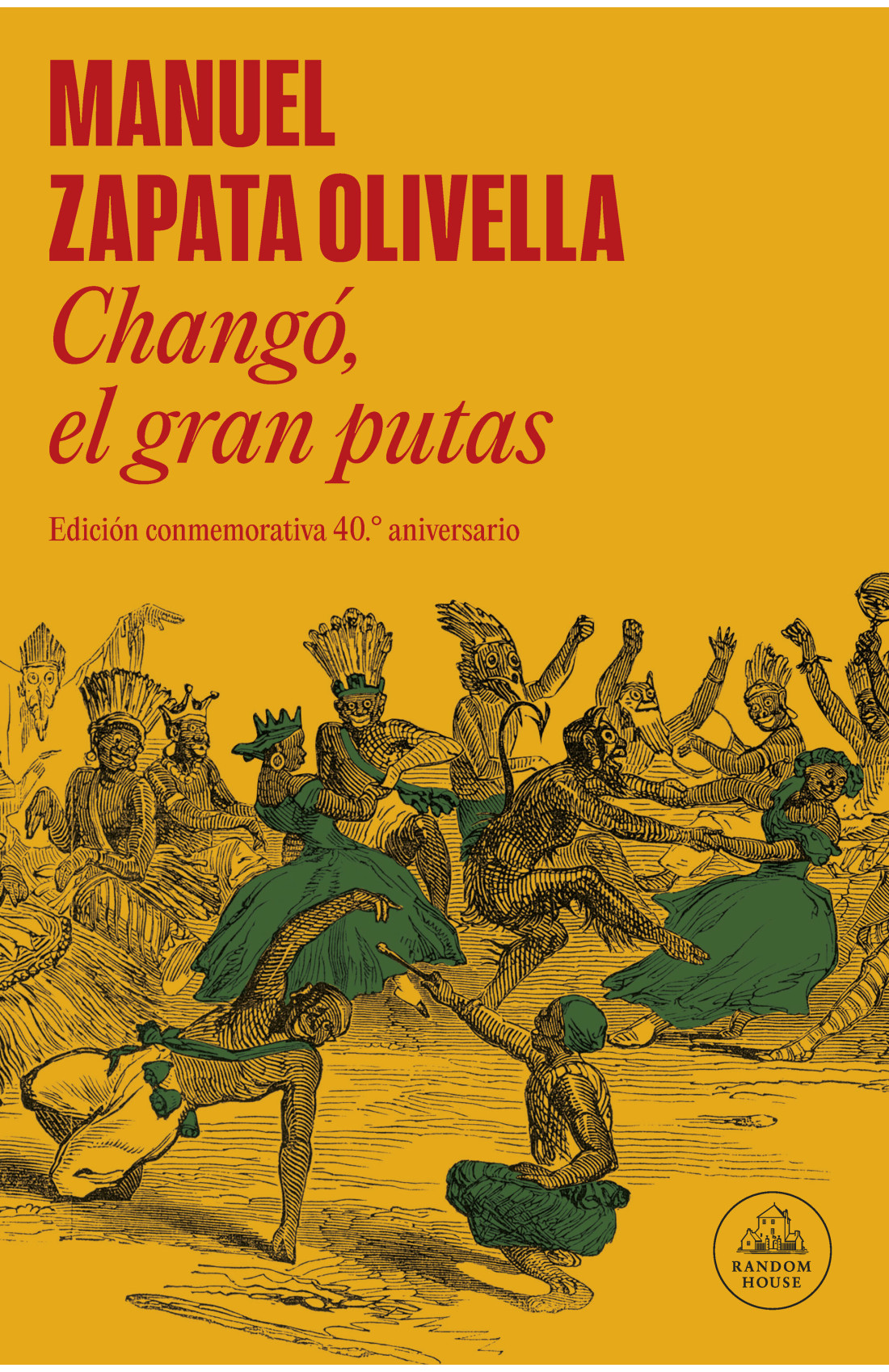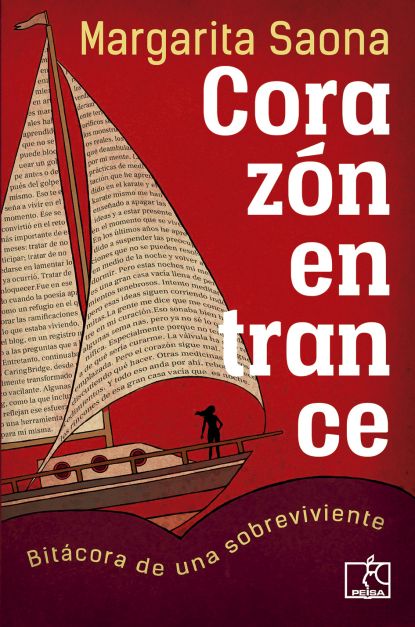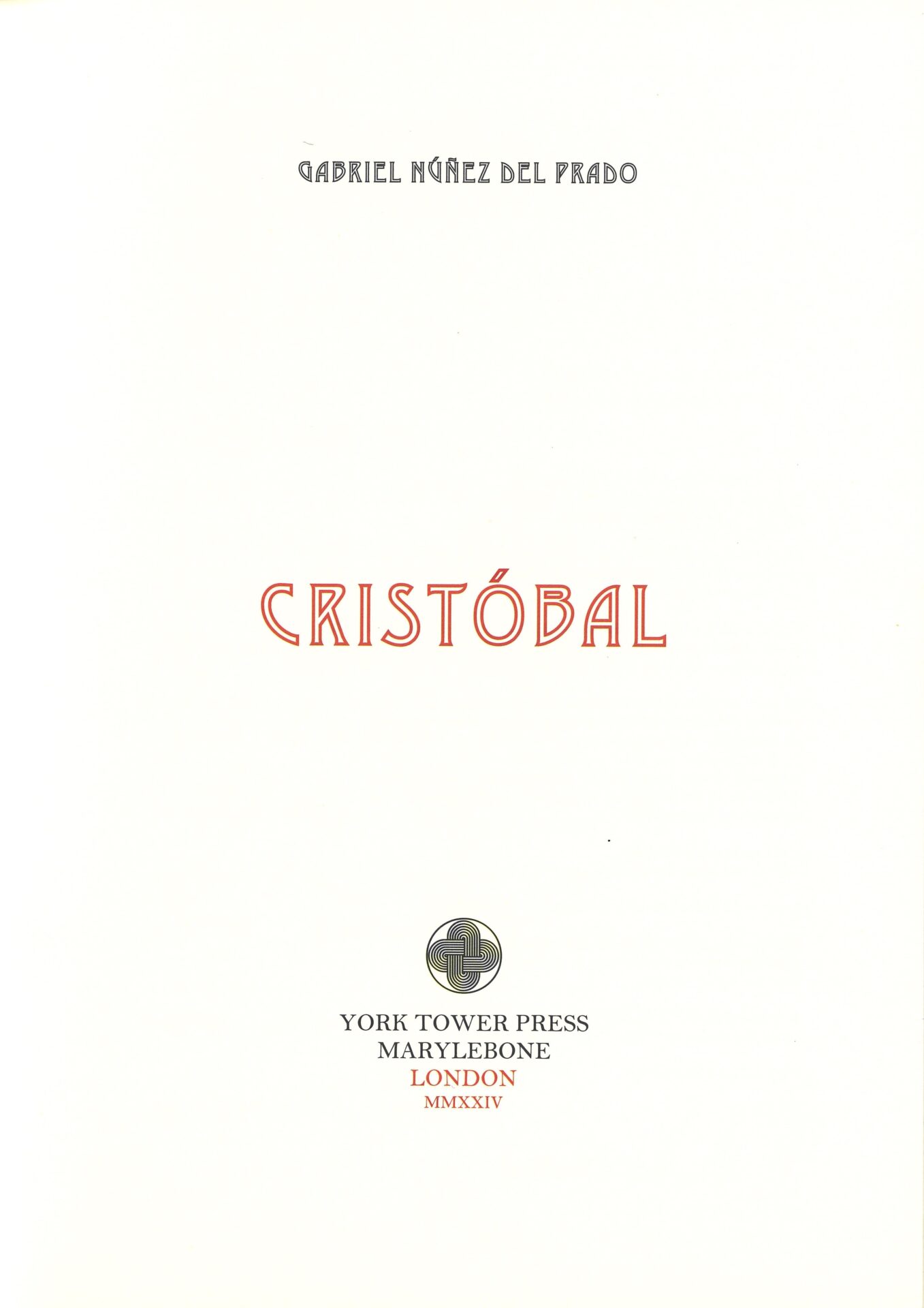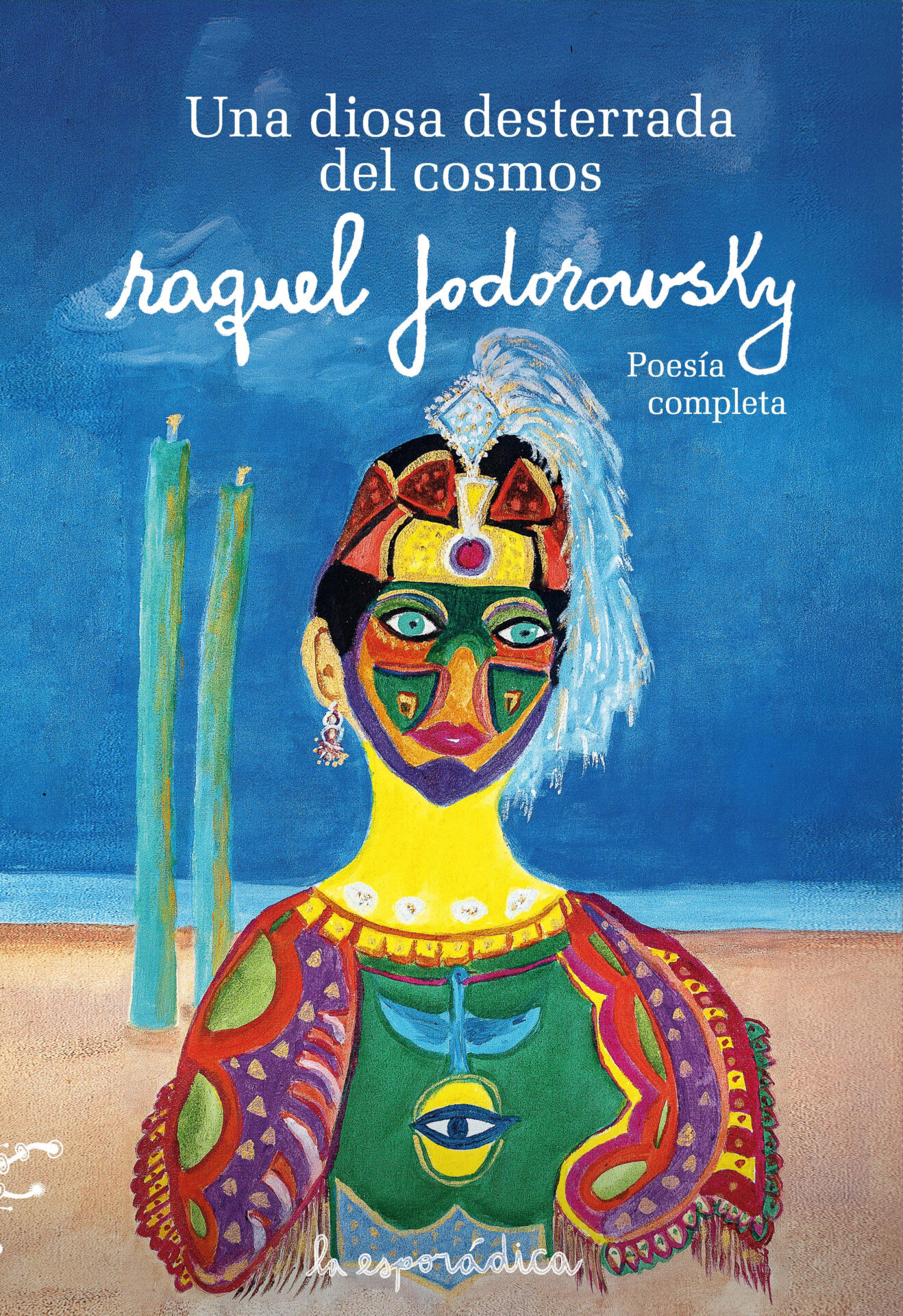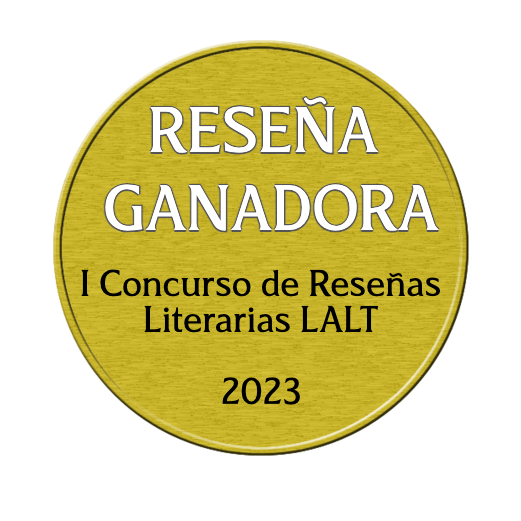
Editor’s Note: This is one of the three winning book reviews of LALT’s first-ever book review contest, held in 2023. We are happy to share the winning reviews in this issue of the magazine.
Richmond: Editorial Casa Vacía. 2023. 132 pages.
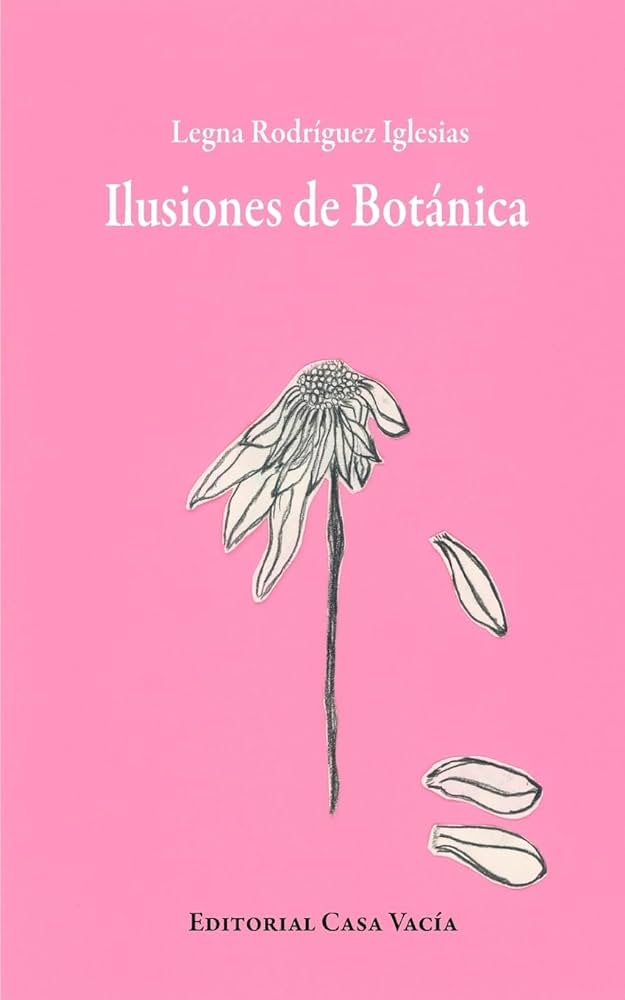 In order to understand the artists of the twenty-first century, Nicolas Bourriaud suggests, we would do well to observe plants. Not just any specimen, but specifically radicants: those plants whose roots grow and spread as they move along. In our globalized culture, made up of colossal migratory flows the world over, the radicant dynamic is indeed the best representation of aesthetic production. Radicant art implies a process of transforming that which is one’s own in the midst of movement. To be radicant, Bourriaud observes, means to set one’s roots in motion in heterogeneous formats and contexts.
In order to understand the artists of the twenty-first century, Nicolas Bourriaud suggests, we would do well to observe plants. Not just any specimen, but specifically radicants: those plants whose roots grow and spread as they move along. In our globalized culture, made up of colossal migratory flows the world over, the radicant dynamic is indeed the best representation of aesthetic production. Radicant art implies a process of transforming that which is one’s own in the midst of movement. To be radicant, Bourriaud observes, means to set one’s roots in motion in heterogeneous formats and contexts.
Bourriaud’s metaphor is especially stimulating as we read the literary oeuvre of Legna Rodríguez Iglesias, particularly in the case of Ilusiones de botánica, one of her latest poetry collections, written in 2016 and published in 2023 by Editorial Casa Vacía. There can be no doubt that Rodríguez Iglesias—a fiction author, poet, playwright, and literary journalist born in Camagüey in 1984, now living in Miami—practices a translational sort of writing, moving between different genres and media. Several of her stories are written in verse, as in La mujer que compró el mundo (2010), or are punctuated by visual images, as in the case of No sabe/no contesta (2015). Many of her poems function as miniature theatrical devices, as we read in the “monologues” and the “kabuki theater” sequence of Chupar la piedra (2021). Examples abound, also including a number of performative actions, undertaken in Cuba as well as the United States. The autobiographical pact between her literature and her Facebook and Instagram posts leads us to perceive all her work, in fact, as a continuous performance in which life and language come into play again and again. Legna never ceases to spotlight her own voice on mobile, itinerant stages.
To write, then, is to move. This is never truer than in the author’s reclamation of certain formal traditions dear to Spanish and Latin American literature, just as she reflects on exile. Like in Miami Century Fox (2017), a book made up entirely of sonnets whose subject is the migrant experience. Returning to this baroque form to build her verses, and dedicating them not to love—the central theme for Sor Juana Inés de la Cruz—but to the difficult process of migrating to Miami seems to tell us that in order to move, both geographically and linguistically, you need to travel light, taking only what you need: the poetry of your mother tongue. Writing sonnets, reclaiming them, and opening new paths with your own inheritance might just help lighten the load of exile.
Ilusiones de botánica follows a similar path. The book’s poems are written in heptasyllabic, octosyllabic, and hendecasyllabic verse. Each one is titled after a plant, fruit, or seed, and is accompanied by an illustration by Laura B. Marrero. Their layout, while not alphabetical, mimics the format of an encyclopedia: a series of specimens of the vegetable world that feign their own explanation through art and language.
The book emphasizes the illusory nature of this representation, calls up unusual connections, underlines distant linkages. “Kiwi,” for example, speaks gracefully of hairlessness, cleanliness, and the knife. This ingenious way of making relationships, along with the strictness of tight-fitting meter, again recalls, on a number of occasions, the baroque tradition. Particularly in those poems that take writing itself as their subject, like “Orégano,” a poem that presents as a plate of food, or more directly in “Flamboyán”: “Times New Roman, Normal, 12. / Update style. / Double-space. File. / New document. Cough. / Insert symbol. Pose.”
The idea of the botanical encyclopedia brings along its own genealogy. A dedication and a memory, as the author puts it in her preface. Her parents, who conceived her like “the flowers, the bushes, or the fruit trees” at a school for agricultural engineers, had a library organized into three sections: the works of José Martí, Marxist-Leninist treatises, and botany books. Focusing on these latter books, she says, was a pending task on her to-do list. Although, perhaps “a traditional metrical strophe is the same as a vegetable species, one that’s rare or endangered, or just a wild species, one of those you find along the path or the sidewalk, or in a backyard, or at the door to a supermarket. Something as popular as music.” Writing verses of seven, eight, or eleven syllables thus becomes a task as exotic as a flower and, equally, as commonplace as a song.
In Ilusiones de botánica, to write is to put down roots, leaves, petals, and fruits: such is this nomenclature’s power in reading Latin American migrant poetry…
These words allow us to see that her reference to her roots is multifaceted. On the one hand, botany leads her to pay homage to her parents and their library; on the other, the choice of form and its considerations lead her to Martí, the great father figure of Cuban poetry, with his flowers of exile, his verses as bristly as they are simple, whose octosyllabic meter, from the Spanish romancero, was fated to be reclaimed, rightly, by oral speech. Nonetheless, Legna’s Martí is a tenderized Martí, squashed like a soft fruit underfoot, made puree. The poet restores those old musical strategies and his use of simple, natural images. But not in order to praise him at the foot of his monument; rather, in order to get through to his flesh, a poetic substance that brings her back to Cuba just as it situates her in her new space. It situates her in Miami, to be precise, all the while returning her through its form to her old, familiar landscape. Linking games and a childlike tone to the turmoil of exile, a classic Martían motif, is revisited, for example, in “Calabaza”:
Una vez, por avión
entré al otro país
sin ojo y sin nariz,
sin alma y sin riñón.
Y lo que fue canción
se convirtió en versículo.
Y lo que fue vehículo
se convirtió en pedal.
Y lo que fue cristal
ahora es un montículo.
[Once, by plane
I came into the other country
eyeless and noseless,
soulless and kidneyless.
And what was once a song
became a verse.
And what was once a vehicle
became a pedal.
And what was once glass
is now a mound.]
Like at other moments in her work, here too Rodríguez Iglesias assembles an autobiography in vignettes. Diminuitive stories of everyday life constructed like delicate, rhyming miniatures. Selling poems on a corner (“Ítamo”), clothes washed at the laundromat on 13th and 27th (“Albahaca”), the fantasy of stealing books for her sweetheart (“Achicoria”), the dilemma of writing to make money (“Sésamo”), or the method of making a plate of food out of poetry (“Orégano”) are just a few examples; the same procedure is used throughout the collection.
Botanical nomenclature carries with it a life story, nourished by motherhood, sex, nostalgia, film, and migration. Song becomes story and poem becomes scent. In Ilusiones de botánica, to write is to put down roots, leaves, petals, and fruits: such is this nomenclature’s power in reading Latin American migrant poetry, which means considering, in good measure, Latin American poetry as a whole. Past forms to reveal the present and intimate matters as an ethic in view of the world: these are the laws by which this book’s poems are organized, their natural archive.
Translated by Arthur Malcolm Dixon

